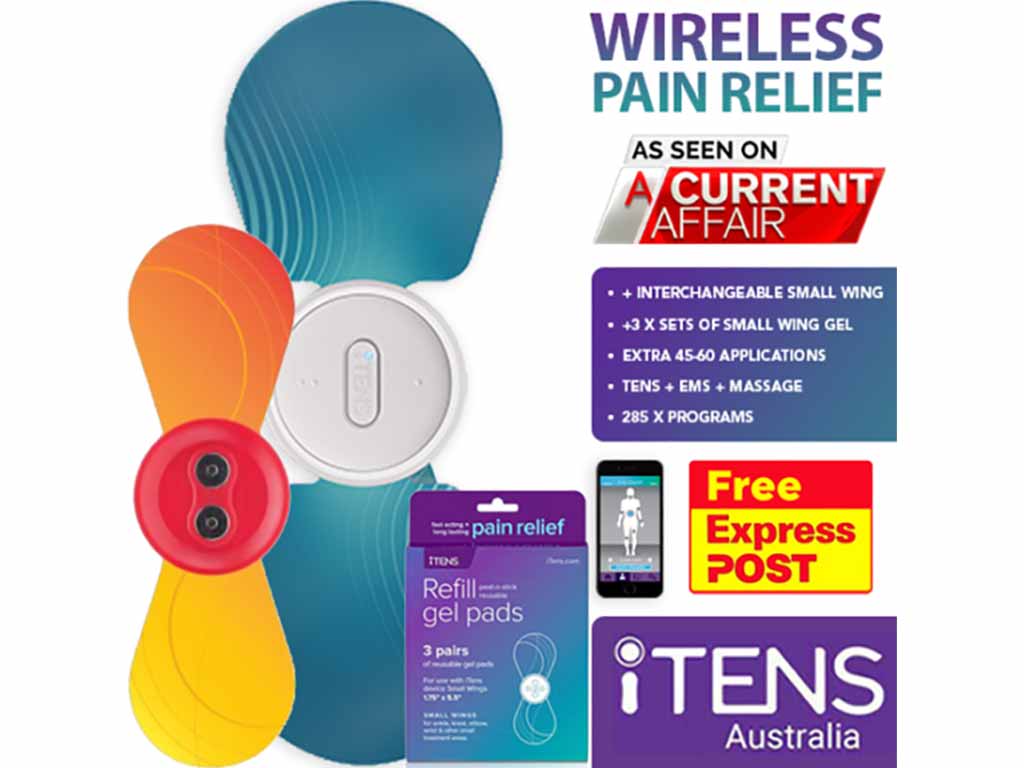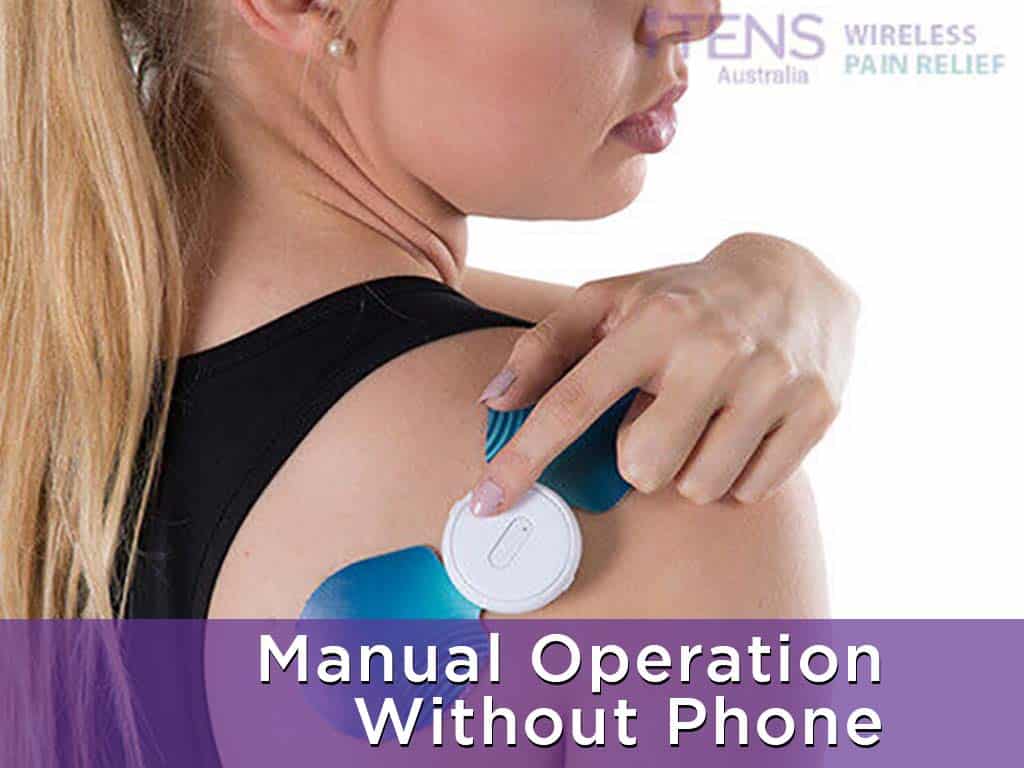
Transcutaneous Electrical Nerve Stimulation therapy (TENS) is a method of pain relief. It utilises an electronic device to stream electrical currents to the body. Accordingly, this electrical stimulation works through various analgesic mechanisms. This includes the pain gate mechanism and endorphin inducement. Conducting TENS treatment is easy. Apply the electrode patches and adjust the settings. Nevertheless, TENS is an effective treatment for acute pain and chronic pain conditions.
Painful conditions affect the overall quality of life. Hence, it is vital to find ways for the treatment of pain. Traditional methods may include physical therapy and medications. However, they may not always provide adequate relief. Fortunately, TENS is a promising solution to breakthrough pain. It is common in clinical and healthcare settings and is used by physical therapists and healthcare professionals. This article will present how TENS therapy works, how to conduct it, and the suitable pain types.
How Transcutaneous Electrical Nerve Stimulation Therapy Works
Transcutaneous Electrical Nerve Stimulation therapy works through various mechanisms to alleviate discomfort. The pain gate mechanism is one of the primary mechanisms. It involves the activation of the sensory nerves by the electrical pulses. These activated nerves compete with pain signals. Thus, TENS can “close the gate” to the transmission of pain messages. This reduces the perception of discomfort.
Endorphin release is another essential mechanism. The electric currents from the electrical device can stimulate the production and release of endorphins. These are the natural chemicals of the body that act as natural painkillers. Nevertheless, the endorphins bind to specific receptors in the brain and spinal cord. This provides a reduction in discomfort and creates a sense of well-being.
TENS treatment can also impact blood circulation. The electrical signals from TENS have been shown to enhance blood flow in the treatment region. This improved blood circulation can support the delivery of oxygen and nutrients to the body tissues. As a result, TENS can help promote healing and reduce inflammation. Additionally, the electrical currents can stream in low and high frequencies.
Benefits of Electrotherapy
- Non-invasive: It does not require surgery or other invasive procedures.
- Drug-free: It eliminates the risk of medication-related side effects and dependencies.
- Versatile: People can use TENS to alleviate a wide range of painful conditions.
- Easy to administer: This promotes convenience and empowers individuals to take an active role in their pain management.
- Customisable: Individuals can adjust the frequency, intensity, and duration of the electrical energy depending on specific preferences.
- Complementary therapy: TENS can be used alongside other treatment modalities.
- Cost-effective: It eliminates the ongoing cost of medications, expensive surgical procedures, or frequent visits to healthcare providers.

How to Conduct Transcutaneous Electrical Nerve Stimulation Therapy
Before conducting Transcutaneous Electrical Nerve Stimulation therapy, it is essential to consult with a health professional. They can determine if TENS is an appropriate treatment for the condition. Once cleared, locate the treatment area and prepare the skin over it. Then, position the electrode pads, adhering to the proper electrode placement. Do not place the pads on sensitive areas of the body.
Next, connect the electrodes to the central machine using lead cables or to a smartphone via Bluetooth for wireless. Once done, turn on the TENS device. This may include adjusting the settings, including the frequency, intensity, and duration. Some models may allow users to select a pre-set program. Hence, choose the program that directly targets the specific condition.
Nevertheless, begin with the lowest setting and gradually increase it to a comfortable level. After initiating the stimulation, users may feel a buzzing or tingling sensation. It is crucial to monitor any sensations experienced and take action if necessary. The duration usually lasts for 15 to 30 minutes. Once the TENS treatment is complete, turn off the device and carefully remove the electrode patches from the skin.
Components of a TENS Device
Foremost, the central unit. This contains the power source, control buttons, and display screens. Accordingly, it comprises electrodes. These are adhesive pads that are attached to the skin. It comes in various shapes and sizes to accommodate different treatment areas. In addition, the lead wires for wired devices. This connects the central unit and the electrodes. It enables the transmission of electrical signals.
Also, the device is powered by disposable batteries or a rechargeable internal battery. Furthermore, some TENS units are housed in a protective case. This is to safeguard the internal corporate and provide durability.

Types of Pain Suitable for Transcutaneous Electrical Nerve Stimulation Therapy
Transcutaneous Electrical Nerve Stimulation therapy is suitable for various types of pain. Firstly, TENS treatment is commonly used to manage chronic pain conditions. This may include ailments like fibromyalgia, backaches, and arthritis pain. Secondly, TENS can provide relief for acute pain. This may result from primary dysmenorrhea, labour pain, postoperative pain, and sports injuries.
Thirdly, TENS therapy is effective in addressing musculoskeletal pain. This is an ailment that affects the bones, ligaments, and tendons. It may involve rheumatoid arthritis and osteoarthritis. Fourthly, TENS is beneficial for aiding neuropathic pain. This arises from nerve damage or malfunction. It may include phantom pain, diabetic neuropathies, sciatica, and nerve entrapment syndromes.
Finally, TENS treatment is valuable for managing localised muscular discomfort. This may include muscle spasms, tension, and soreness. The application of electrical currents can help relax muscle fibres. Overall, TENS therapy is a versatile and non-pharmacological approach to pain management. It can alleviate a wide range of painful conditions without creating dependencies and invasive procedures.
Are There Potential Side Effects?
TENS therapy is generally safe, but there are potential side effects that individuals should be aware of. Foremost, prolonged or excessive use of TENS electrodes may cause skin irritation. Hence, proper skin preparation, electrode placement, and adherence to recommended treatment duration can help minimise skin-related side effects. Also, individuals with sensitive skin should exercise caution. They may use hypoallergenic pads to eliminate the occurrence of allergic reactions.
Additionally, some individuals may experience muscle twitching or fatigue during or after the treatment. This discomfort is typically transient and resolves quickly. Adjusting the settings and ensuring proper pad placement can help prevent excessive muscle discomfort.
Conclusion
In conclusion, Transcutaneous Electrical Nerve Stimulation therapy is a valuable treatment option. It utilises an electronic device to deliver electrical pulses to the body. Accordingly, these electrical currents work in various mechanisms. It can block pain signals, stimulate the release of endorphins, and promote blood circulation. Additionally, the currents can stream in low and high frequencies. TENS also offer benefits. It is drug-free, non-invasive, versatile, customisable, cost-effective, easy to administer, and can complement other treatments.
Furthermore, conducting TENS therapy is a straightforward process. Begin by locating the treatment area and cleaning the skin. Then, position the electrodes. Next, connect the electrodes to the central machine or smartphone. Finally, turn on the device and adjust the settings. Also, TENS is suitable for various types of pain. This may include fibromyalgia, primary dysmenorrhea, osteoarthritis, nerve entrapment syndromes, and muscle spasms. Nevertheless, it is crucial to know the potential side effects of the therapy.







